TimberSurf’s Model Railway
Modelling Tips, Links & Guides for Model Railways

Lumsdonia Railway

A web page for my indulgence and sharing ideas and irregular updates on my Model railway






SALE
PLUS
How do you decide what 3D printer to go for, or if you should!
3D Printing Guide
Additive Printing
Should you by a 3D printer and which one?
I have always wanted a 3D printer, I always put it off, due to price and the fact that I thought it may take up too much of my time, from Railway modelling!
But this year (2020) I took the plunge!
So let's see what is involved :-
1a) You need a computer, tablet, Mac or Ipad. You can then search the Internet and find free designs available on the 3D websites, few are appropriate for railways, there are more (and better) designs out there, but you will have to buy them! (and still have limited choice). The standard files (ending with the file extension .stl) offered are a given size and DO NOT inherently resize to any scale! (some latitude is possible)
1b) The alternative is to design your own. This can take a huge amount of time (both learning the software and designing individual items) and is a major skill in its own right. There is lots of software choices available, both free and paid for. Not everyone will get on with CAD.
2) A 3D design will not inherently print as is! It has to be processed by an intermediate piece of software called a slicer. This is because different makes of printer need their own file type to print from (.stl files will not print directly!) If there are thin parts or overhangs, then supports need to be added to the file to allow the printer to make it without it failing. The intermediate step is easy to achieve, however, the correct orientation of the item and the optimal number/type/position of supports really is a black art that has to be learned!
3) Now you can print! there are two choices of machine, filament (FDM) or resin (DLP or SLA). Filament uses a reel of plastic wire and melts it, depositing it on a plate, the size of which can be (aprox) upto 600x600mm. Resin uses a liquid that is UV sensitive and creates layers on a 100x200mm (aprox) plate. The resin is very messy and needs a lot of post work (cleaning, rinsing, UV cure) once printed.
Filament or resin? What's the difference?
The advantage of filament is the size, but the layer thickness is very apparent and limits the detail definition (small elements), while the resin has great definition, but is limited in plate size. Read - resin for N and OO gauge and filament for OO upwards
A new resin tech has just appeared called Mono, it prints 7 times faster than older (colour) resin printers!
A big down side of resin, is the post preparation process of cleaning and dealing with toxic resins, gloves and glasses should be worn while working with it!
Costs
Older resin printers can be had for as little as £100 for a 2K format, but a decent one will be nearer £200 and a Mono will be £400, larger format (4K) are getting to be twice the price with a Mono 4k at about £600+
SLA printers range from £600 to £2,000!
Filament printers can be had sub £100, but a reasonable one that is large range from £150 to £300+
My take (experience)
I at least had the advantage of being an industrial 3D CAD designer as a profession, so don't think you can replicate my designs easily! Having said that, I struggle like mad with the rest of the process!
This is a video blog of my endeavours Draw ‘n’ Print 3D and some of the stuff I have printed here
So what to buy? CONCLUSION
My advice is to search the likes of thingiverse for freebies, then have a go at CAD with something like TinkerCAD to see if it's your cup of tea!
Decide if you want a printer afterwards!
Don't let anyone let you think its just a press of the button, like a paper printer!
Top tips
Do your research before you take the plunge {understand what you’re in for, before you purchase}
I have zero intention of ever printing rolling stock, I will let the RTR manufacturers do a better job, I only design and print accessories, track side items, loads and civils parts for modelling. {Parts that would be expensive when buying lots of them or are unavailable to buy}
Don’t be discouraged by failed prints (may be as high as 30%), it happens to us all! Seek advice, if it is consistently giving a problem, but persevere, it likely to be a bed levelling or support issue. {Re-level and change the slice file}
Start your search for 3D prints with these free sites
Snapmaker 3-in-1 3D Printer, Laser Engraving & CNC Carving
100W Soldering Iron (fixed)
Creality3D Ender-3 V2 FDM
Anycubic Photon
DLP 2K Printer
Form 2 - SLA 3D printer
Easythreed Orange NANO Mini FDM
There are several types of filament (PLA, ABS, PETG, TPE (TPU& TPC){flexible}, Nylon, PC (polycarbonate), Wood, Metal, Biodegradable, to mention a few!
and two types of resin (the nasty stuff that is toxic and needs to be cleaned with IPA and a plant based one that can be washed in water!
There are at least 7 types of printer, I have only mentioned 3 as the others are crazy prices! A good explanation can be found here
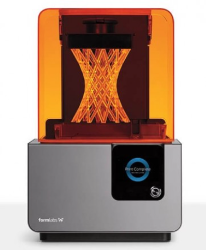
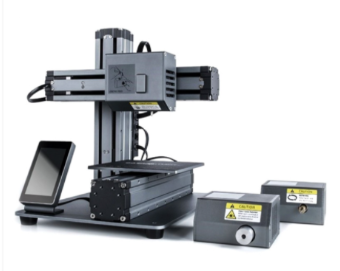
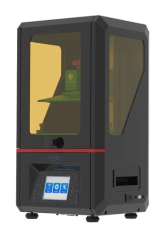
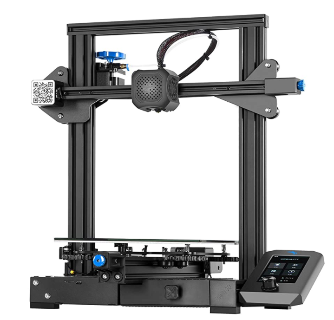
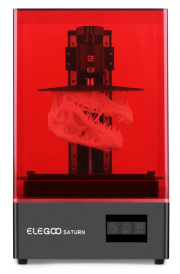
ELEGOO Saturn MSLA 4K Monochrome LCD 3D Printer

Certain filaments (like ABS) and most resins give off a strong smell, care should be taken to site your printer in a well ventilated area!